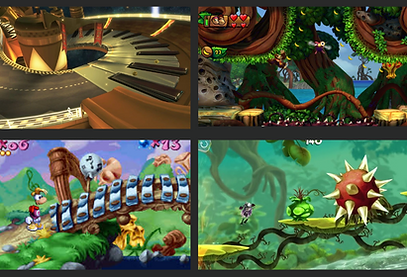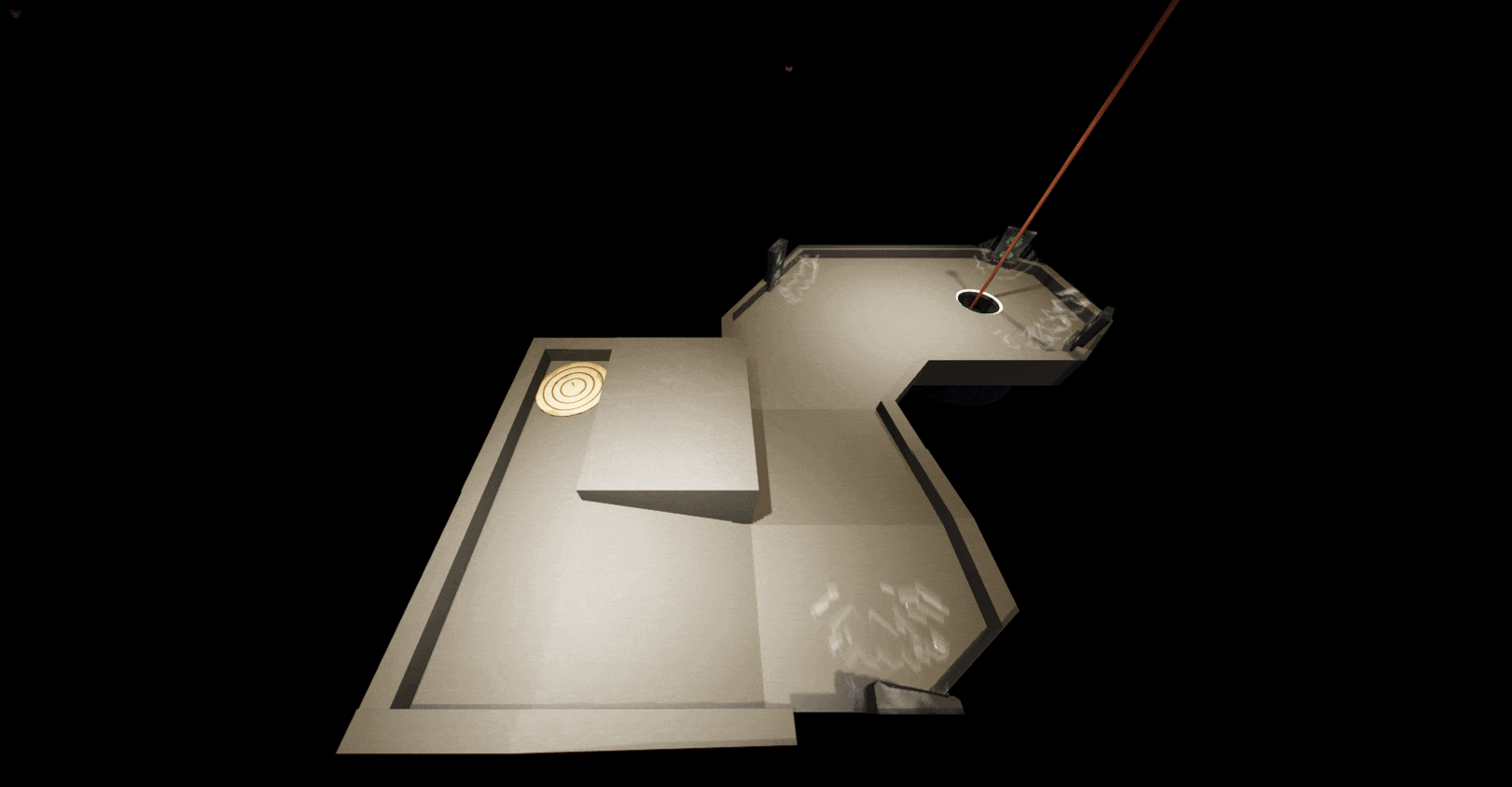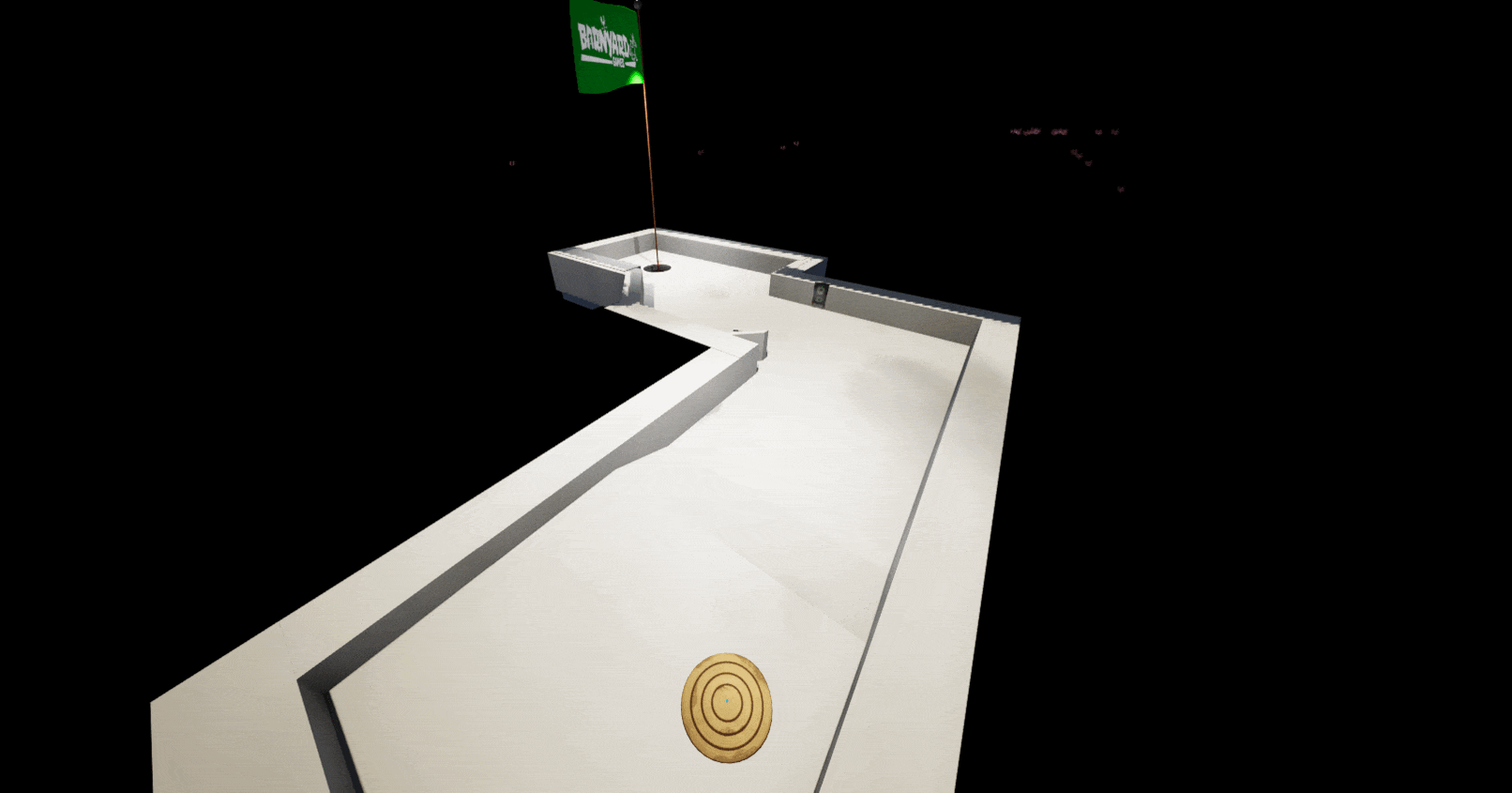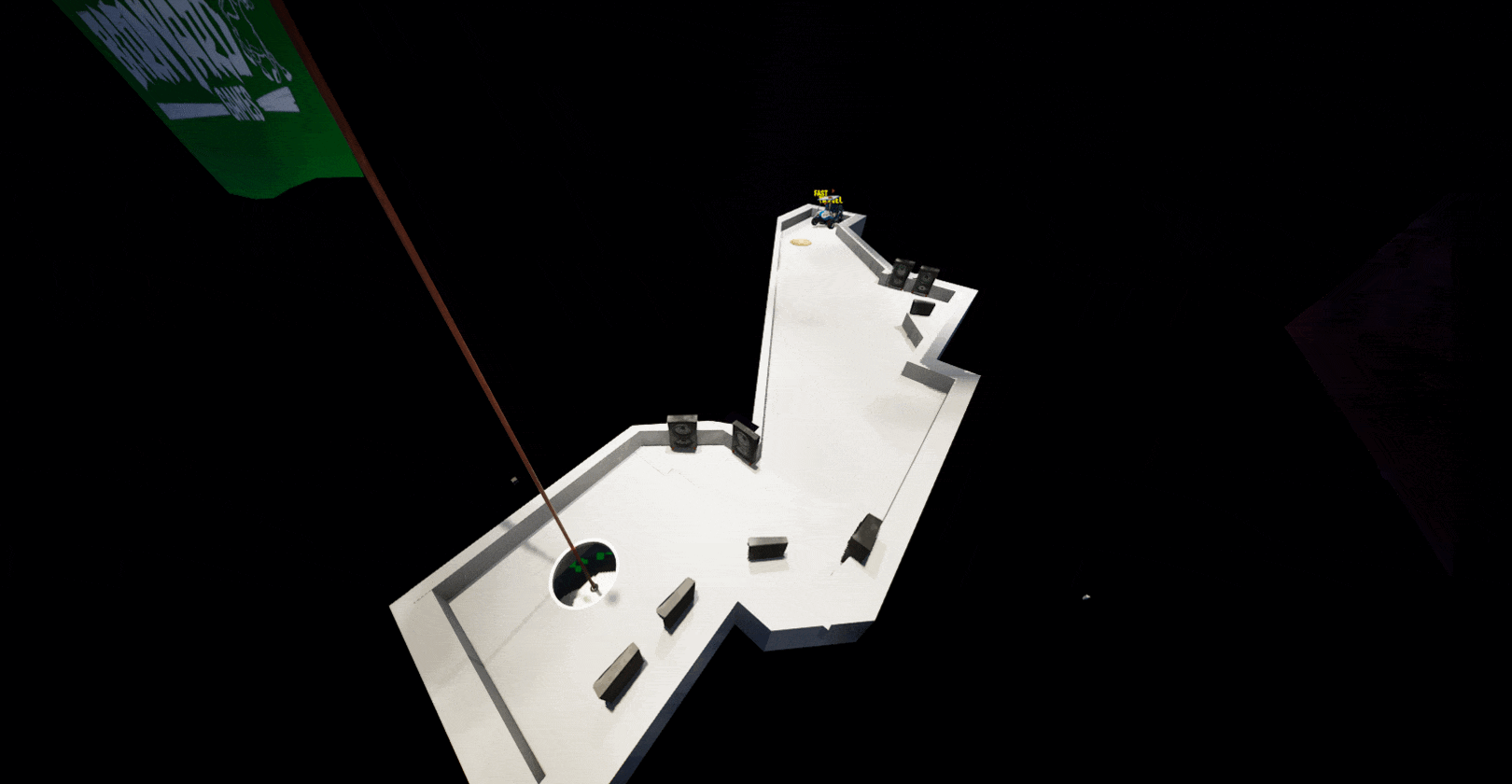Super Golf: Band Land
I worked with a 10-person team at Barnyard Games and owned the entire music-themed section of Super Golf. I handled the level design, custom mechanics, meshes, and shaders.
-
Tools: Unreal Editor for Fortnite, Blender
-
Developed over 3 Months
-
Level Design

Barnyard Games
Barnyard Games was founded by developers who had worked on major titles like Borderlands and EverQuest II. With $3.4M in funding behind the studio, the goal was to create the next generation of UGC games by bringing AAA design standards into the creator space.
I joined the team in July 2024 and actively sought mentorship from the developers around me, it became one of the most valuable learning experiences of my career in game development. The studio's collaborative culture and high standards drove me to grow rapidly as a designer and a problem solver.
We worked on all different types of projects but the leads were very passionate about golf games, and had a proven track record of making successful Golf Games on the platform, so when they asked me to lead development on a full world for Super Golf, their largest project yet, I took it as a huge vote of confidence. I handled the project from start to finish, using everything I’d learned to deliver something the whole team could be proud of.
Pre-Production

Gathering References
I started by gathering visual and mechanic references from other games.
I worked with the Head of Creative Vision to align what I wanted with the project's direction, we ended up with a few level-specific mechanics, like subwoofers which push the ball, and invisible instrument-triggers to play notes for successful hits.
I proposed a system where each instrument added its own background score as players progressed, but we pivoted from it. This led me to explore other ways to strengthen the music concept with visuals and mechanics.
Initial Floorplans
These floorplans were my early sketches for the Music Golf courses. I blocked out each hole to establish pacing, sightlines, and clear shot opportunities before moving into 3D.
Every layout started simple so I could focus on how the ball would travel, where players would aim, and how each course could teach or challenge a specific mechanic.
As the designs evolved, I adjusted angles, distances, and alternate routes to create a mix of straightforward shots, creative shortcuts, and rewarding hole-in-one paths. This early planning helped lock in the flow of the full set and made the final builds much smoother.
Blockout Process

Course 2
My producer relayed playtester feedback that they weren't satisfied not seeing the ball reach the hole from the tee. It reduced the reward for a hole in one, I reworked the geometry to keep clear sightlines from tee to hole. This is a hole that was significantly improved by it.

Course 5
This course has a clear path for players that want to use subwoofers, but there's alternate routes that reward creative players with a few other hole in one opportunities. I opened up the level design here to support these strategies, which was well received during playtesting.

Course 9
This hole is meant to combine the mechanics into an exciting climax, with long ball trajectories, high bounces, and a tense final moment where the ball narrowly makes it into the hole. I also include all the instruments from previous levels to help tie everything together.
Design Choices
Mechanic Introduction
For the first course, I wanted players to instantly understand how they work, so I designed it to make getting a hole-in-one easy. The idea was to let players watch the ball interact with the subwoofers, so they get the hang of it without an explanation.
Reward Paths
Each course has a hole-in-one route that rewards the player with precision by playing ascending notes from the instruments in the level, it helps tie the gameplay to the theme of the course to make the experience just a bit more cohesive and satisfying.
Difficulty Curve
Although the courses generally get harder, I sprinkled in a few easier, satisfying holes to keep players engaged. The team prioritized enjoyment to keep the experience frustration-free.
Precision Tuning
I fine-tuned the ball’s interaction with subwoofers. This meant adjusting the layout, angles, and power to make sure hitting the right spot always led to a hole-in-one.
Travel Distance
I increased the travel distance between bounces in later holes. While this slightly raises the difficulty, it significantly enhances the player's satisfaction by rewarding their ability to line up consecutive bounces seamlessly.
Long Range Weapons
Long range weapons work best in the hallways and in certain areas in the outdoor area, they’re also best in flat areas because they’re very reliant on landing headshots when an entire horde is headed your way.












